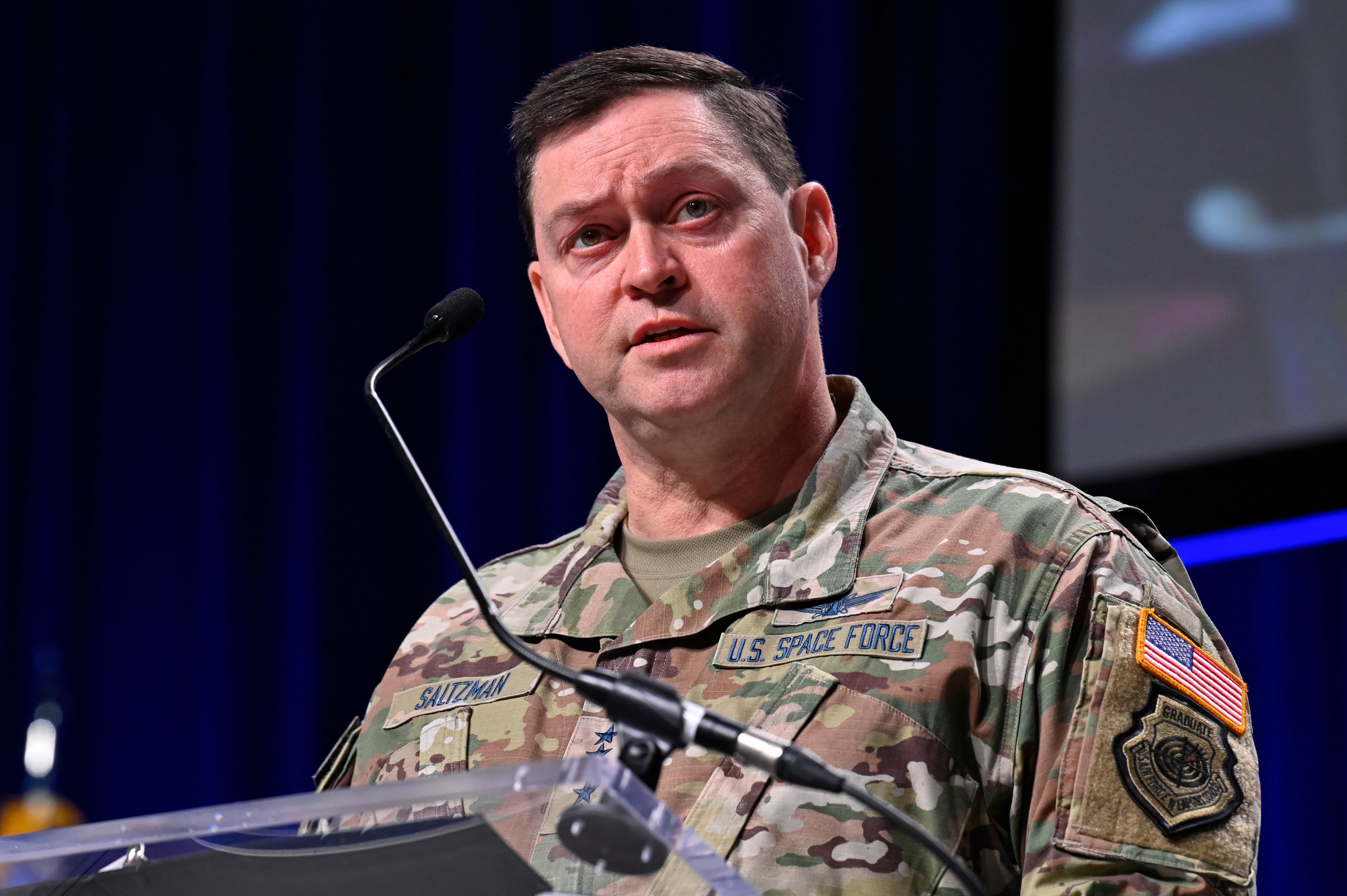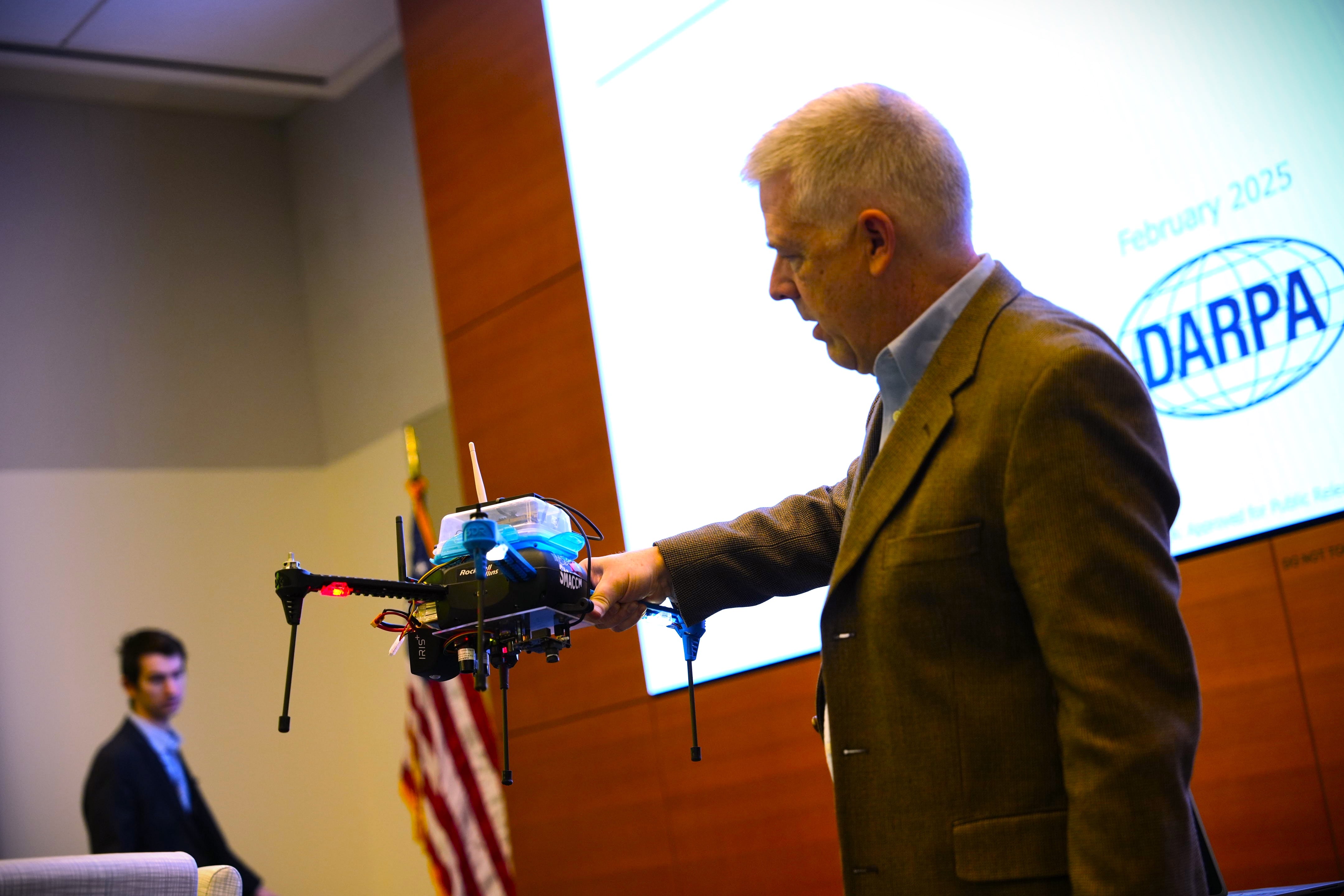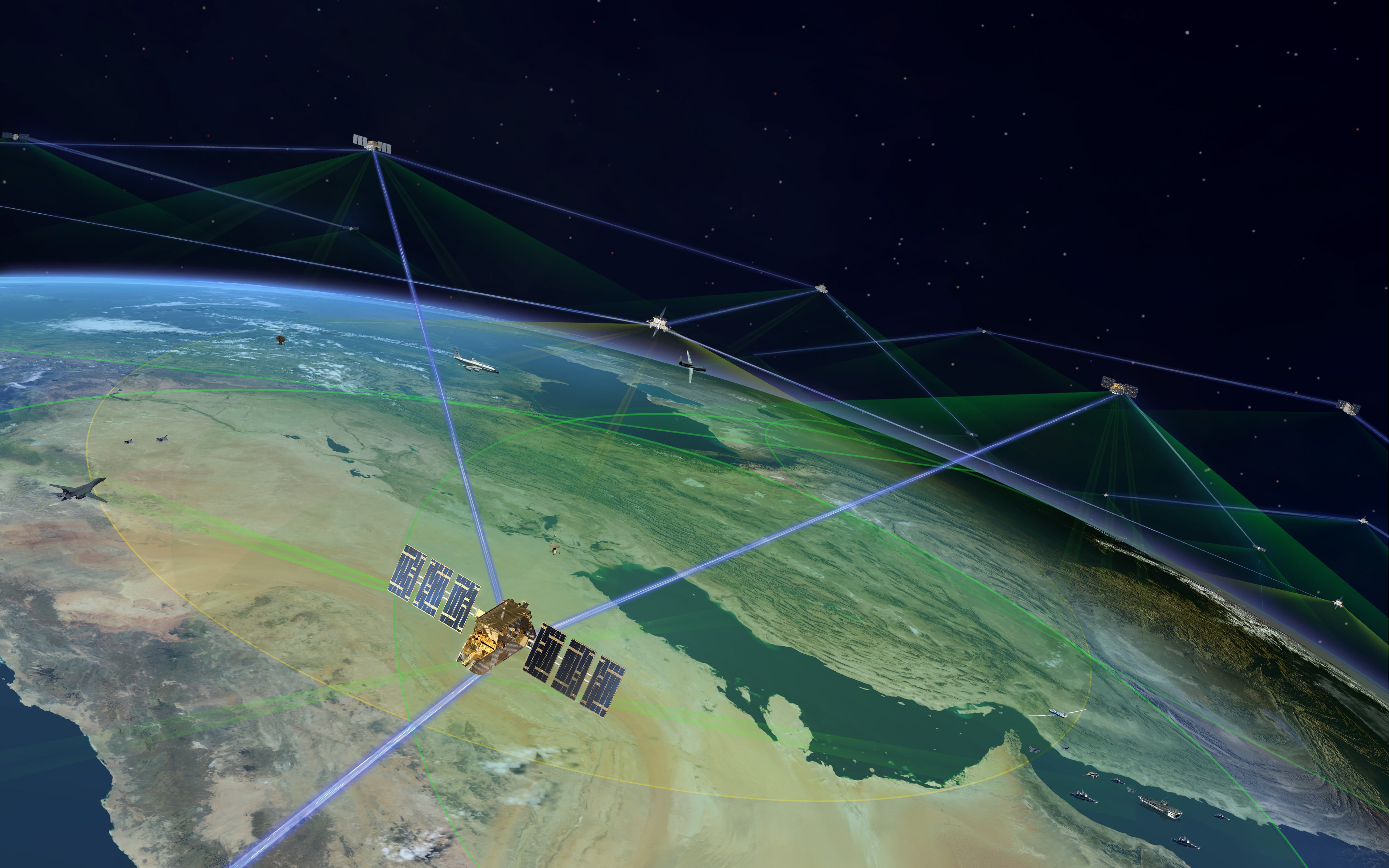Vice Chairman of the Joint Chiefs of Staff Gen. Paul Selva has a clear message for Defense Department staff: If they want to innovate, they must be willing to be wrong. For many, innovation and DoD do not go hand in hand. However, increasingly dynamic global challenges are forcing a fresh approach to offset adversarial advancements and in some cases, use of our own tactics against us.
Selva explained that if people come to him with an idea, he's willing to listen but always asks if they're willing to fail.
"If we form a hypothesis and build an experiment you have to be willing to be wrong. Then we can discount that idea and move on to another one. My experience with commercial industry tells me that innovation in commercial industry is exactly that process," he said at the Center for Strategic and International Studies on Aug. 25. "It's fast but it's iterative. Failure is acceptable, repeated failure maybe not, but it moves at the speed of a small brush fire and it fertilizes everything in its path as it burns out the underbrush."
The problem with DoD, he explained, is these "brush fires" of innovation are treated as forest fires. "We bring out the fire brigades and we try to put it out because innovation is only good if you’re right," he said. "Failure is not an option. Asking the hard questions is only acceptable if you know the answer and none of that fosters innovation."
Selva said he’s tried to put the fire brigades back in the firehouse and foster great ideas from young talent in the department.
Previously, Selva said, many of the technology changes that occurred in the military were born inside of the military and a product of internal innovation. "That is no longer true," he said, adding that technology and advancements that will impact the military – not just the U.S. but all militaries across the world – "are more likely going to come from innovation in the commercial sector than they will from real technological change inside of our militaries."
The department and the services are moving toward embracing failure in innovation and experimentation to field new systems and solutions. One example is a reemergence of prototyping. "We don’t have a good place in the system for failure to happen. System level failure typically occurs in the prototyping step. Prototyping is an area the department has underemphasized within the last 10-15 years," William Roper, director of the Strategic Capabilities Office, said in July at CSIS. "What you’re seeing under the current leadership … is a lot of prototyping coming back because it’s a step that was really important for us in the Cold War for keeping up with Russia."
Mike Novak, deputy director for the Unmanned Warfare Systems N99 within the Office of the Chief of Naval Operations, explained last May that his office works to develop what comes out of the science and technology community, get a rapid prototype to users, and if it doesn’t work, return it to the S&T offices for refinement. The director of N99, Rear Adm. Robert Girrier, has also explained that within the scope of his office’s approach to get solutions to the fleet in a rapid fashion, "terminat[ion] is ok. It wasn’t quite what we thought it was, maybe send it back," he said in a January appearance at CSIS.
What is driving the need to innovate? Selva painted a picture of "very imaginative competitors" that have examined what the U.S. has done in the last 20 years to replicate them. The current environment consists of "great power competitions with powers who are not necessarily our equal but are pretty close but have picked asymmetric approaches – strategically and operationally – that seriously challenge us. And so we have to think differently about this problem," Selva explained.
Mark Pomerleau is a reporter for C4ISRNET, covering information warfare and cyberspace.








